Parks and Nature Reserves around the Humber Bridge, England
A great destination for nature lovers in an overlooked area
Some areas of the Humber Estuary in northern England are not very pretty. The water is usually a murky shade of brown, there are miles of mudflats, and several ugly docks and factories line the estuary banks.
Despite this the Humber Estuary is a wonderful area for lovers of nature and wildlife. At low tide those less-than-pretty mudflats provide food for huge numbers of migrant and overwintering waders and wildfowl.
The unique Spurn Point nature reserve (the subject of a future post) is a hotspot for all manner of migrant birds and insects. And the wild and open Paull Holme Strays supports massive flocks of waders in the winter, spectacular in flight, together with the predators that prey on them.
However this post is about the area around the magnificent Humber Bridge. At both ends of the bridge there great places to watch and enjoy nature. Old gravel pits and quarries have been turned into parks and nature reserves with excellent facilities. Extensive reedbeds provide shelter for countless creatures. And of course the estuary itself and great views of the bridge are endlessly fascinating.
You can read my previous post about the Humber Bridge here.
The Humber Bridge Country Park
The Humber Bridge Country Park is situated in Hessle at the northern foot of the Humber Bridge. There is ample free parking, toilets, a small visitor information point and refreshments available at the Country Park Inn on the foreshore.
The Country Park consists of 48 acres of woodland and meadows on the site of a disused chalk quarry. Steep steps take you down from the car park to the quarry floor. A number of nature trails then wind around the base of the quarry and terraces along the quarry walls.
The trails are themed, and include the Meadow Trail (great for spotting butterflies in summer), the Pond Trail (the ponds are home to great crested newts), the Cliff Trail and the Tree Trail. I particularly like the Tree Trail which includes leaf-shaped markers to help you identify the different tree species.
Buddleia bushes are scattered around the woods and trails, and on a sunny summer day these are alive with butterflies. 22 species have been recorded in the park.
There is also the Phoenix Sculpture Trail, which includes ten unique sculptured seats - great for a coffee and snack.
From the quarry you can go through an underpass below a railway line to access the Humber Foreshore. There is an old restored mill here, and the Country Park Inn which serves pub food with a great view. I have seen seals in the estuary here, and many birds feed on the shore at low tide.
The Humber Bridge Country Park is great place to spend a couple of hours wandering around the trails and the woods (though be aware that there are a lot of steps between the car park and the base of the quarry).
If you are feeling fit it is possible to walk across the bridge from here to visit the reserves on the other side (read more about walking across the bridge in my previous post). But each of the parks and reserves mentioned here is well worth a visit in its own right.
Waters’ Edge Country Park and Visitor Centre
Waters’ Edge Country Park is situated just to the east of the southern end of the Humber Bridge.
The Visitor Centre includes information about the fauna and flora of the park, local tourist information, a gift shop and art gallery, and an excellent cafe with great views over the main pond. Parking and entrance to the park are free, and the Visitor Center and Cafe are open seven days a week.
The park itself covers over 100 acres and includes numerous ponds, reedbeds, woodland and wildflower meadows, with easy trails (sometimes a little muddy) criss-crossing the park. The ponds are great for spotting wildfowl, herons and egrets. And dragonflies in the summer - I think the one below is a common darter, but please correct me if I am wrong.
There are several benches around the park to rest and quietly watch for the local wildlife.
When we visit we like to extend our walk by exiting the far end of the park onto Pasture Road North. Turning left and following this road takes us past several fishing ponds to the larger Barrow Mere, home to a sailing club.
Last time we walked here we saw a great northern diver on the Mere, as well as several goldeneye, great crested grebes and a great white egret. From Barrow Mere it is possible to gain access to the Humber Bank, which can be followed back to the Visitor Centre, making a pleasant and interesting circular walk.
Far Ings National Nature Reserve
Far Ings, managed by the Lincolnshire Wildlife Trust, is one of my very favourite nature reserves to visit. It is situated just to the west of the southern end of the Humber Bridge.
Entry and parking are free (you can check the car park closing times at the Lincolnshire Wildlife Trust site), and the reserve itself is open at all times.
There is an informative visitor centre with refreshments that is open at weekends in the winter and Wednesday to Sunday in the summer. Toilets are available in the visitor centre (when open) and also at Ness End where there is further parking.
Far Ings has been created from a series of pits from the tile and cement industries which previously existed here. Around the many pools are extensive reedbeds, where I have seen and heard bitterns several times.
Easy trails wind between the various pools, and also through areas of woodland, meadows and along a section of the Humber Bank. There are excellent bird hides, viewing screens and several benches around the reserve.
There is always something interesting to see at Far Ings. The ponds are great for spotting all manner of water birds. In winter and during migration seasons large skeins of geese frequently fly overhead - always a spectacular sight (and sound). Marsh harriers and buzzards patrol overhead, kestrels can be seen hovering, and hobbies, sparrowhawks and peregrines are sometimes seen.
Matt and I once spent about an hour on Christmas Day in the main hide watching an otter playing in the pond in front of us - a very special Christmas present!
The wooded areas are usually alive with woodland birds, with plenty of nest boxes and feeders around to attract them.
Lovely hawthorn trees in the meadow are covered in blossom in spring and berries in autumn.
There are many wild flowers around the reserve in summer, which attract bees and butterflies. I always look for the striking caterpillars of the cinnabar moth on their foodplant - the common ragwort flowers which grow in abundance here.
The section of path along the Humber Bank is also interesting, with a dense reedbed between the path and the estuary. Several times I have seen barn owls hunting over the reeds here during the day - always a special sight.
I think the Humber Estuary is a greatly under-appreciated area as a tourist and wildlife watching destination. All of the sites mentioned here are completely free to visit, including parking. All offer visitor facilities including refreshments and lovely walks. The two country parks also have play areas for children.
If you are close to this part of the UK and you enjoy being among nature I highly recommend a visit.
This post is free for everyone to read. If you enjoy my posts and would like to support my writing and photography please consider a free or paid subscription.
If you don’t want to commit to a paid subscription but would still like to support my work you could Buy Me A Coffee.
You can see more of my photos in my Picfair Gallery, where you can purchase downloads and prints in various formats.



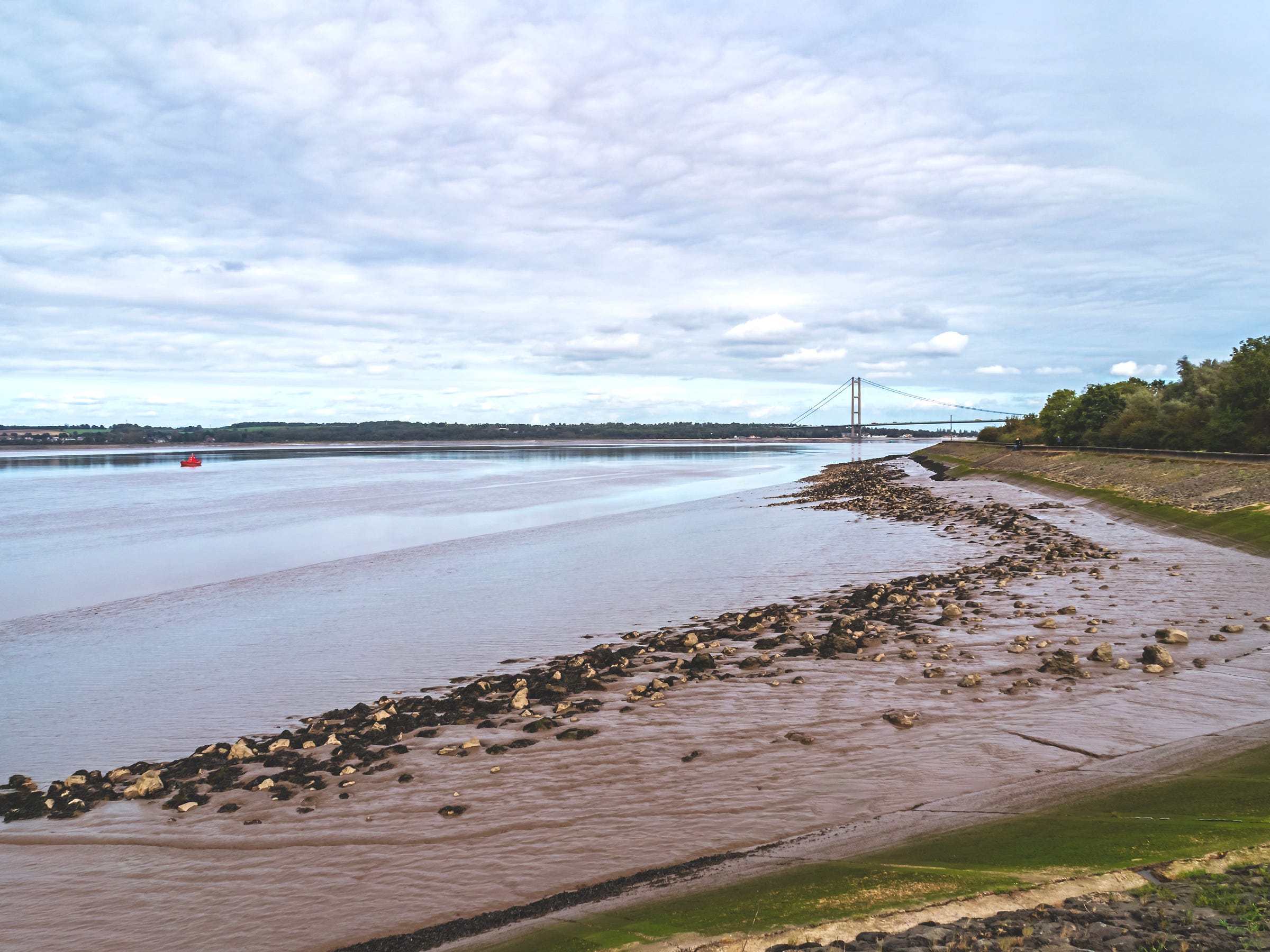

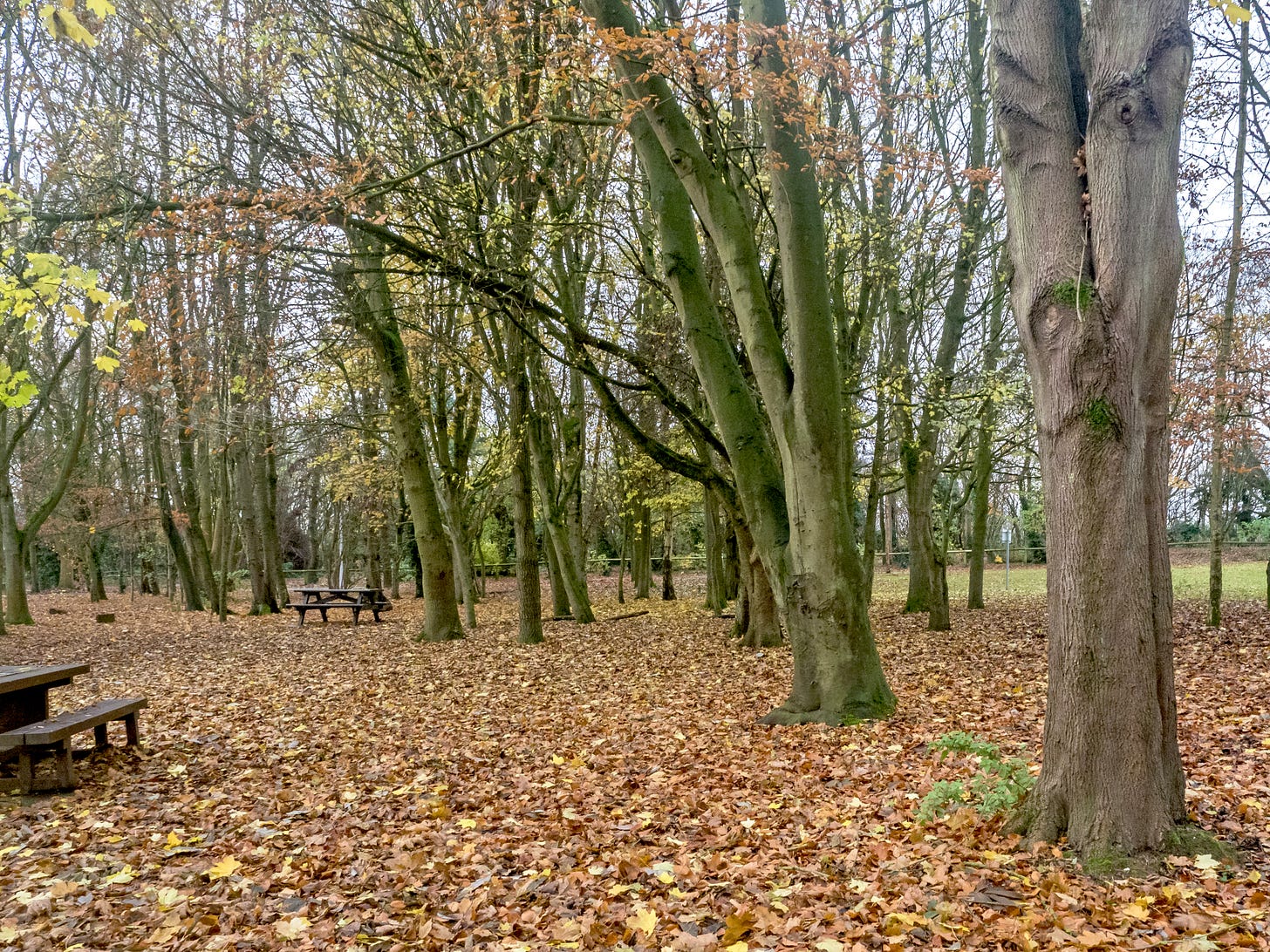

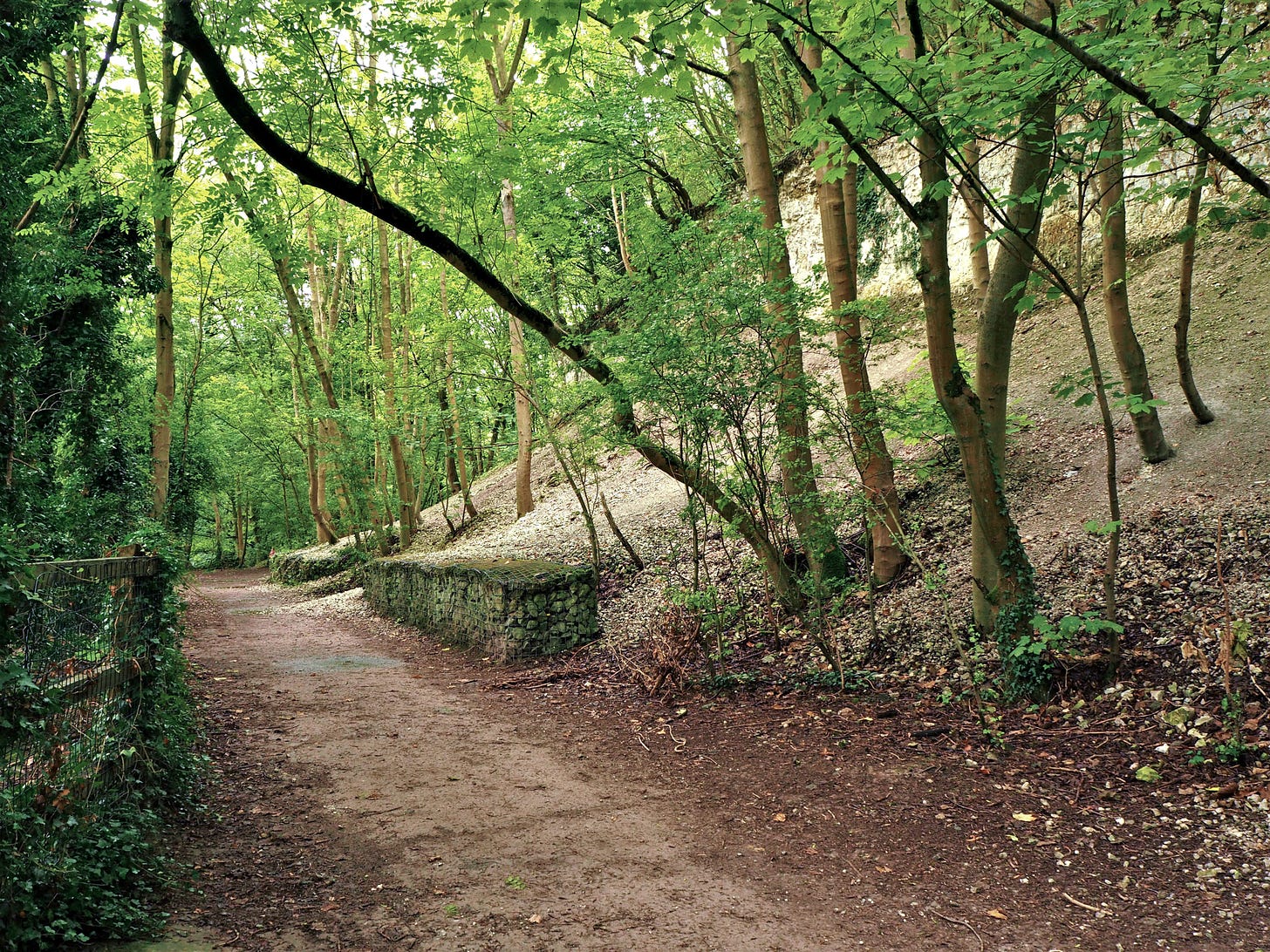
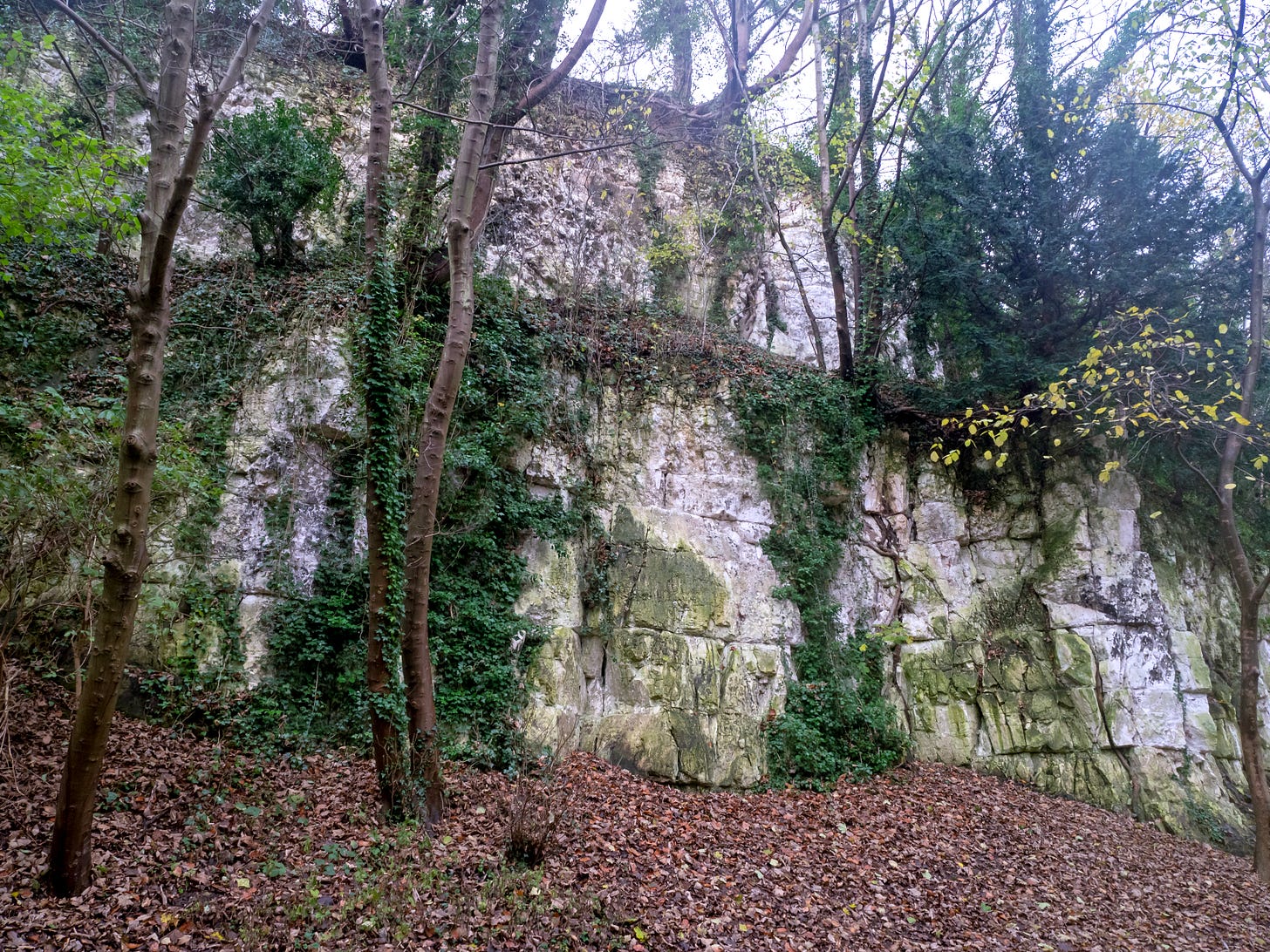

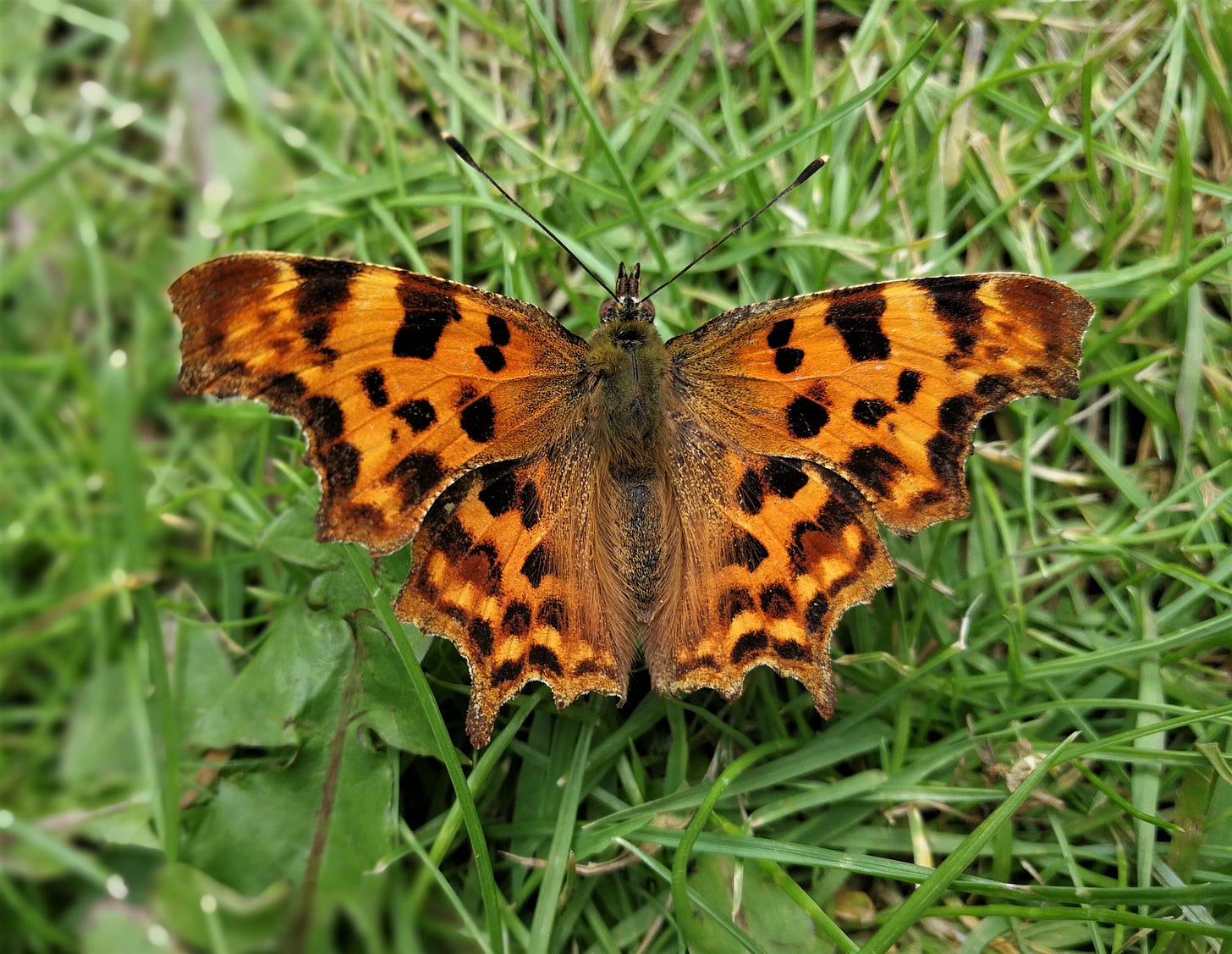
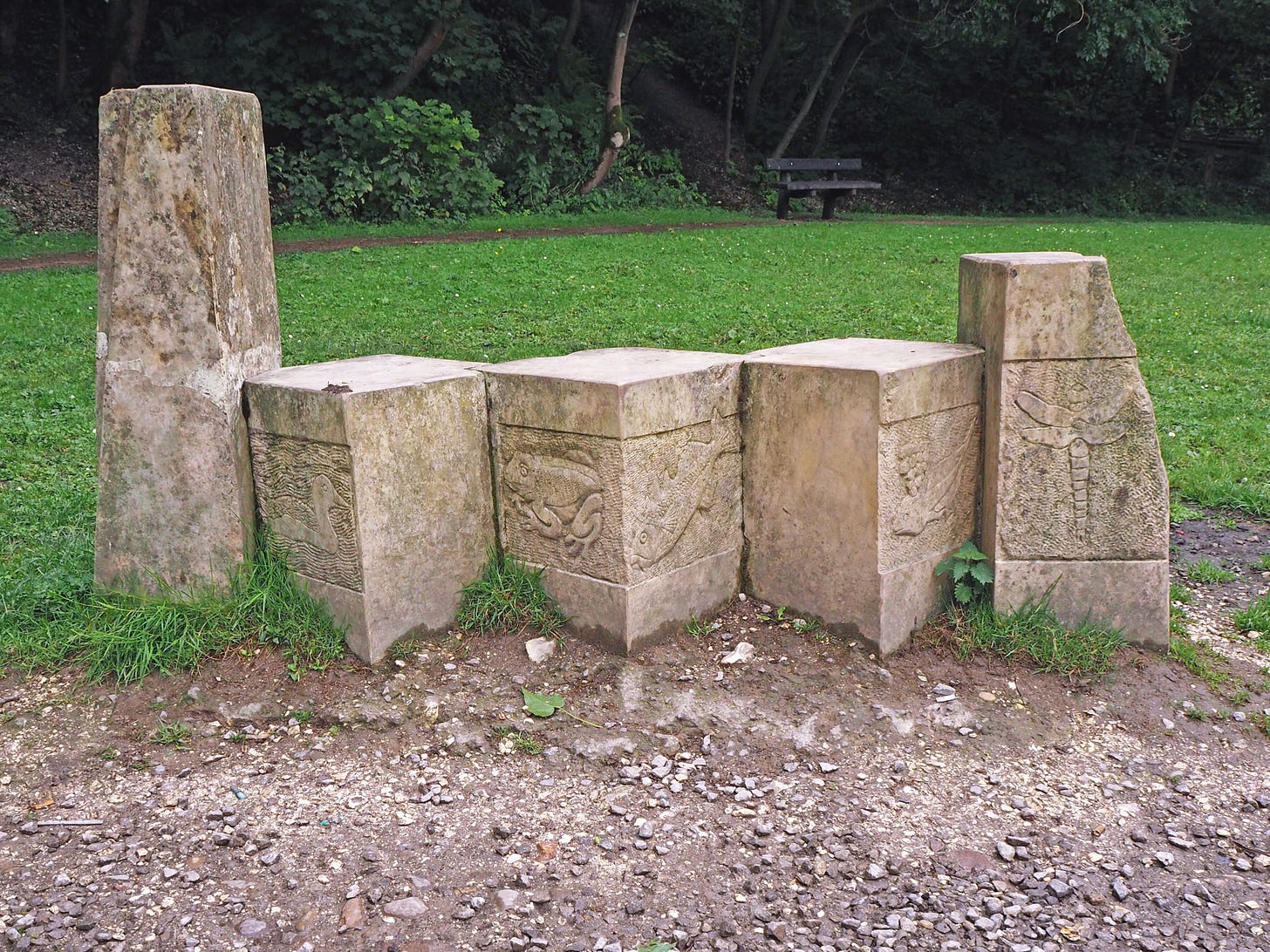
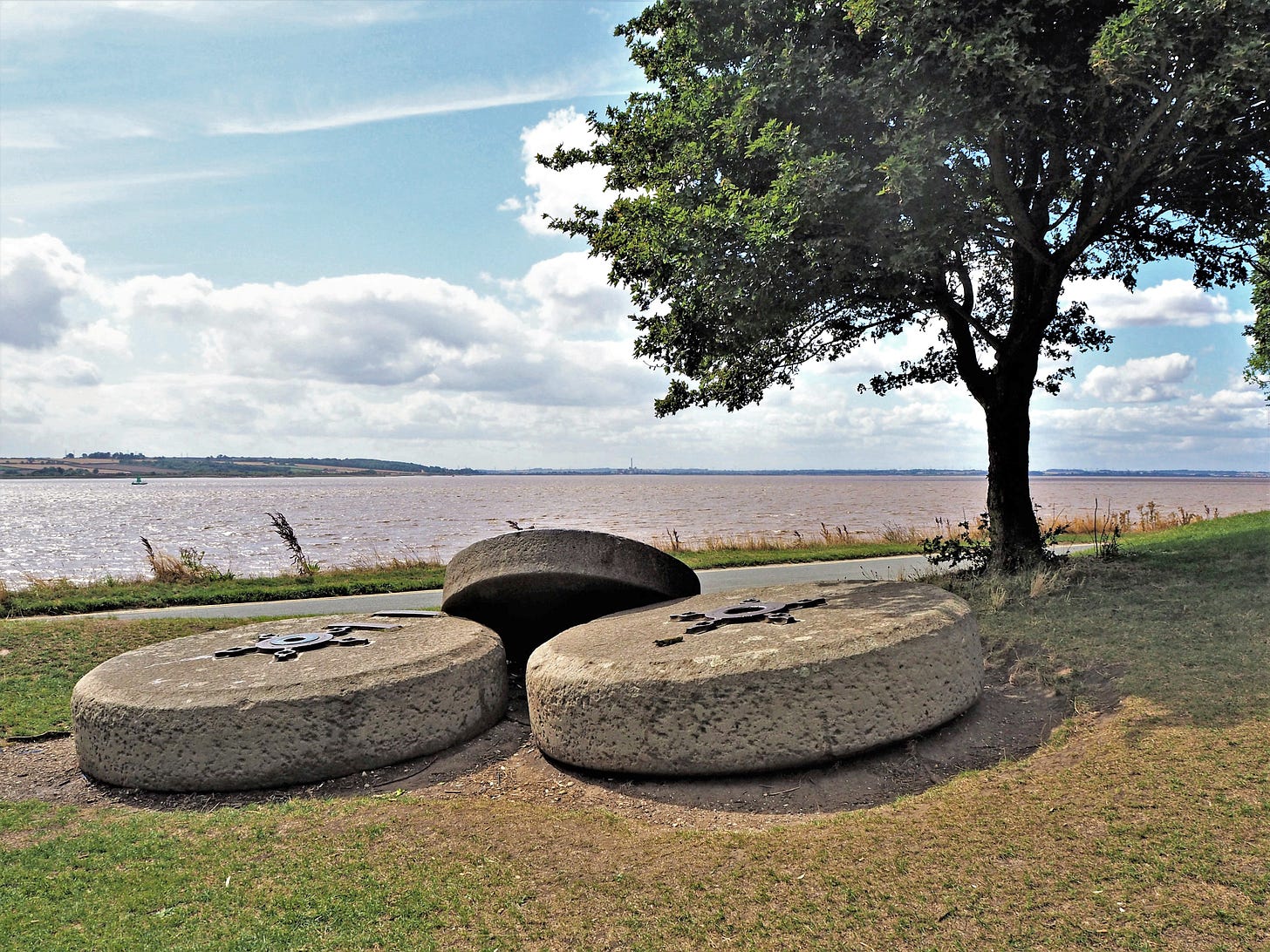

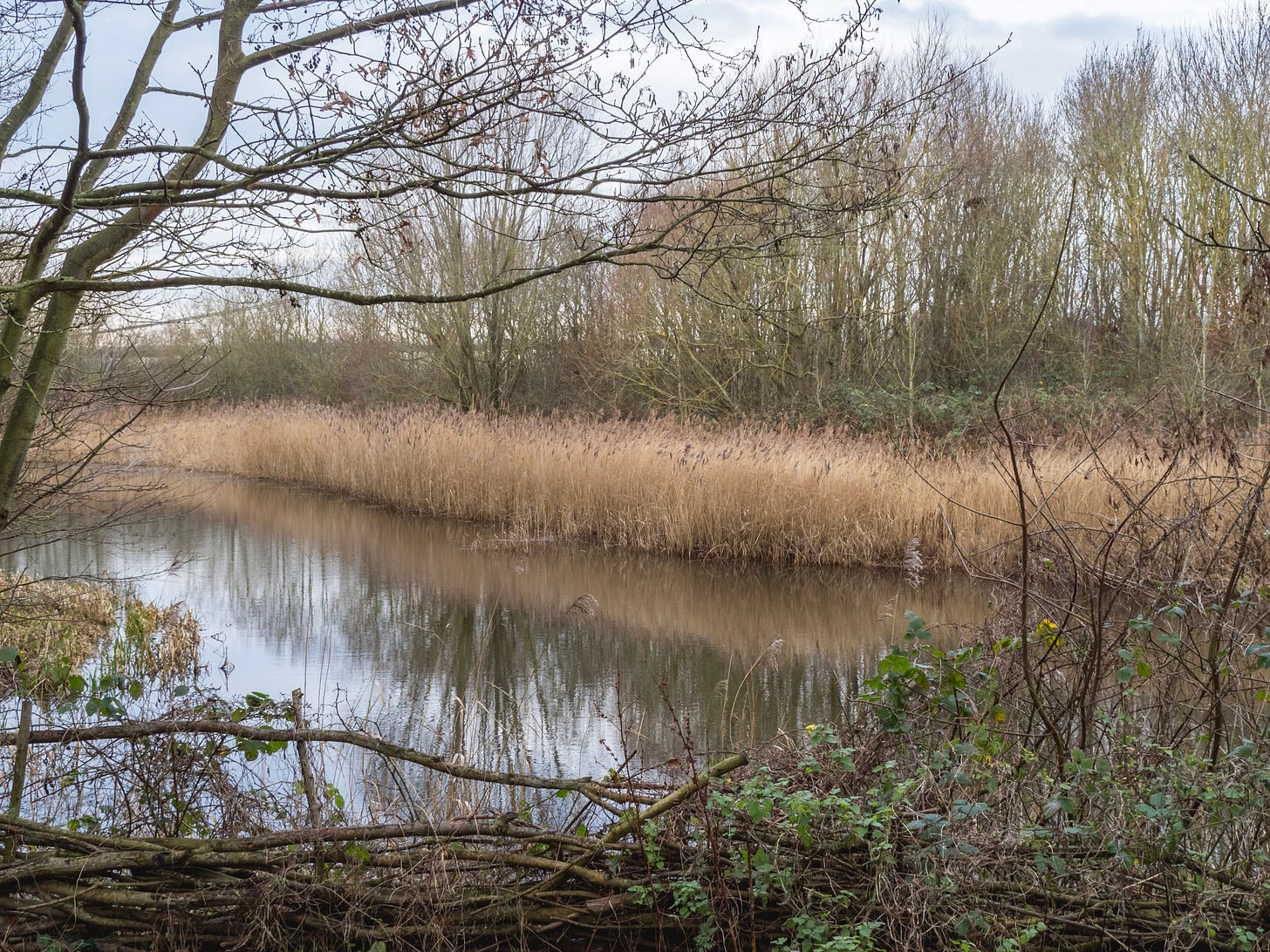

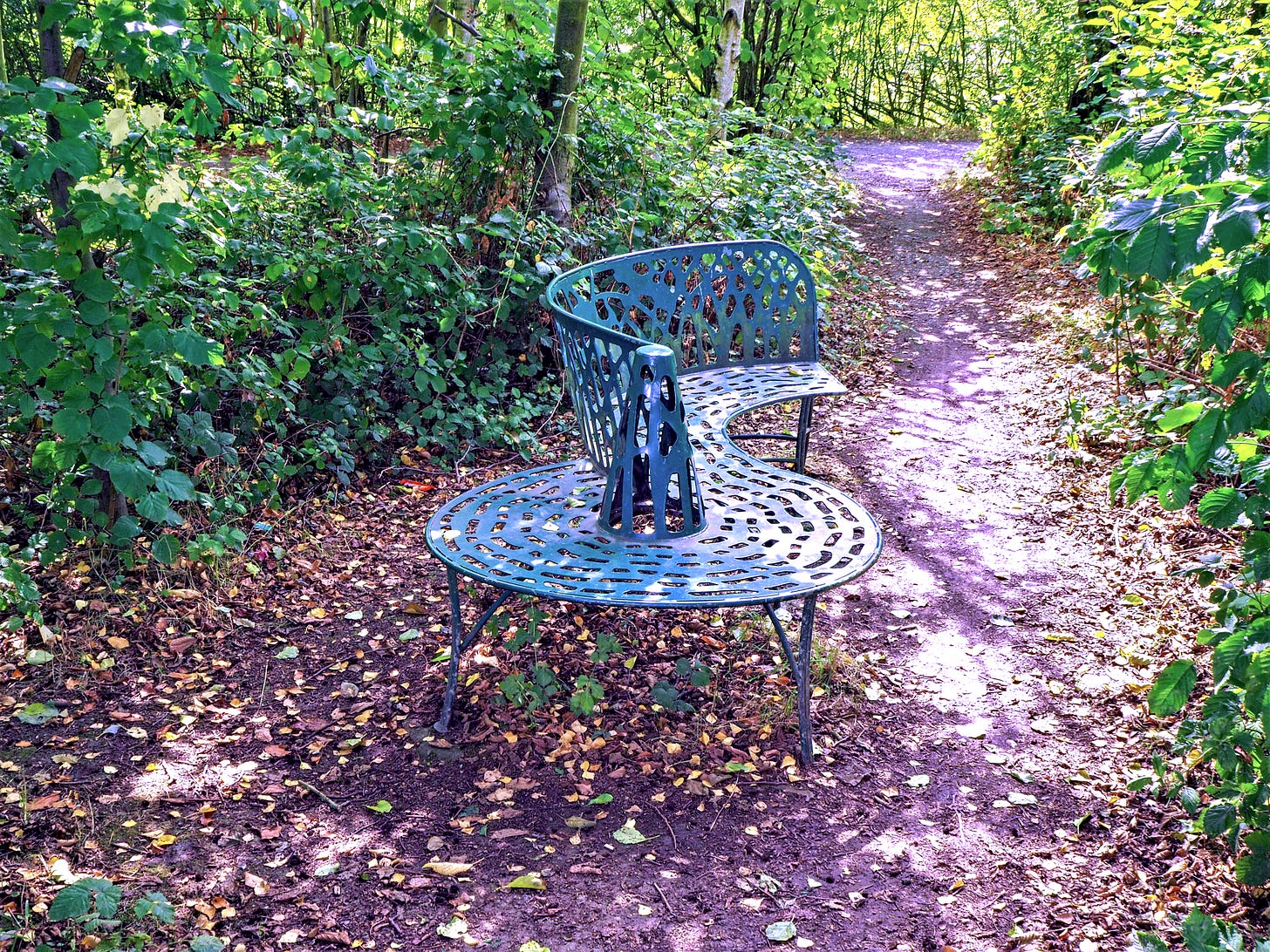
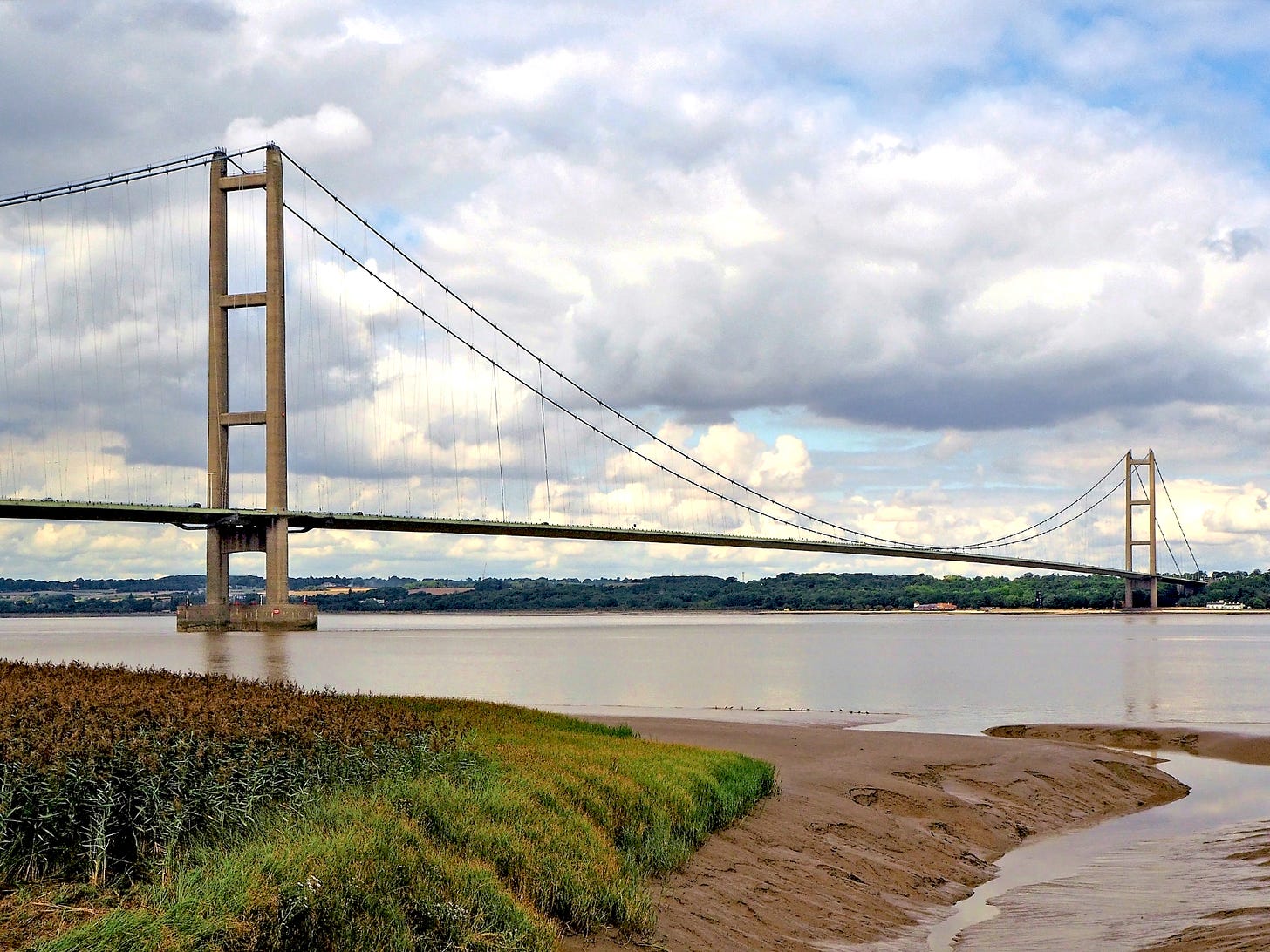



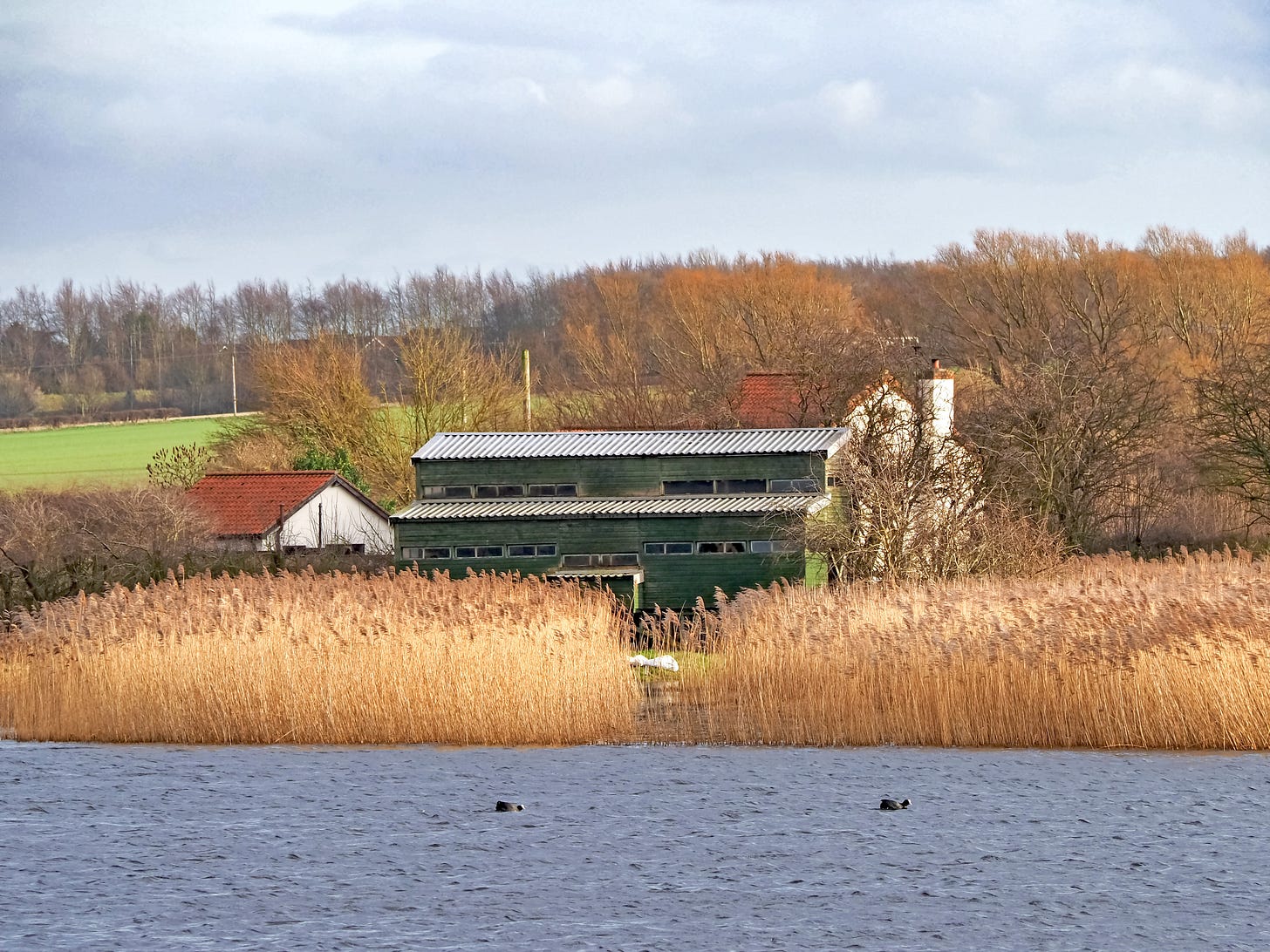
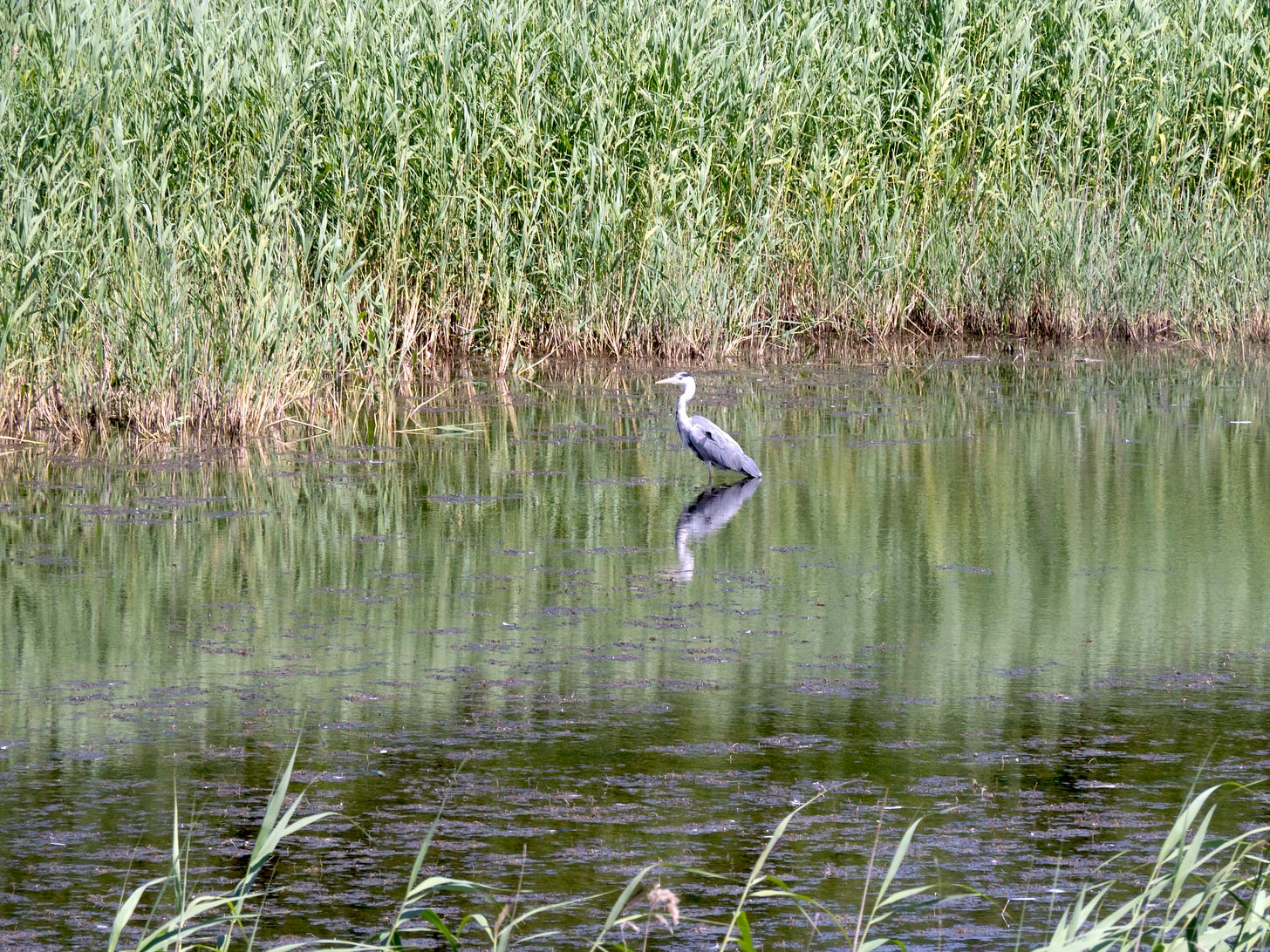


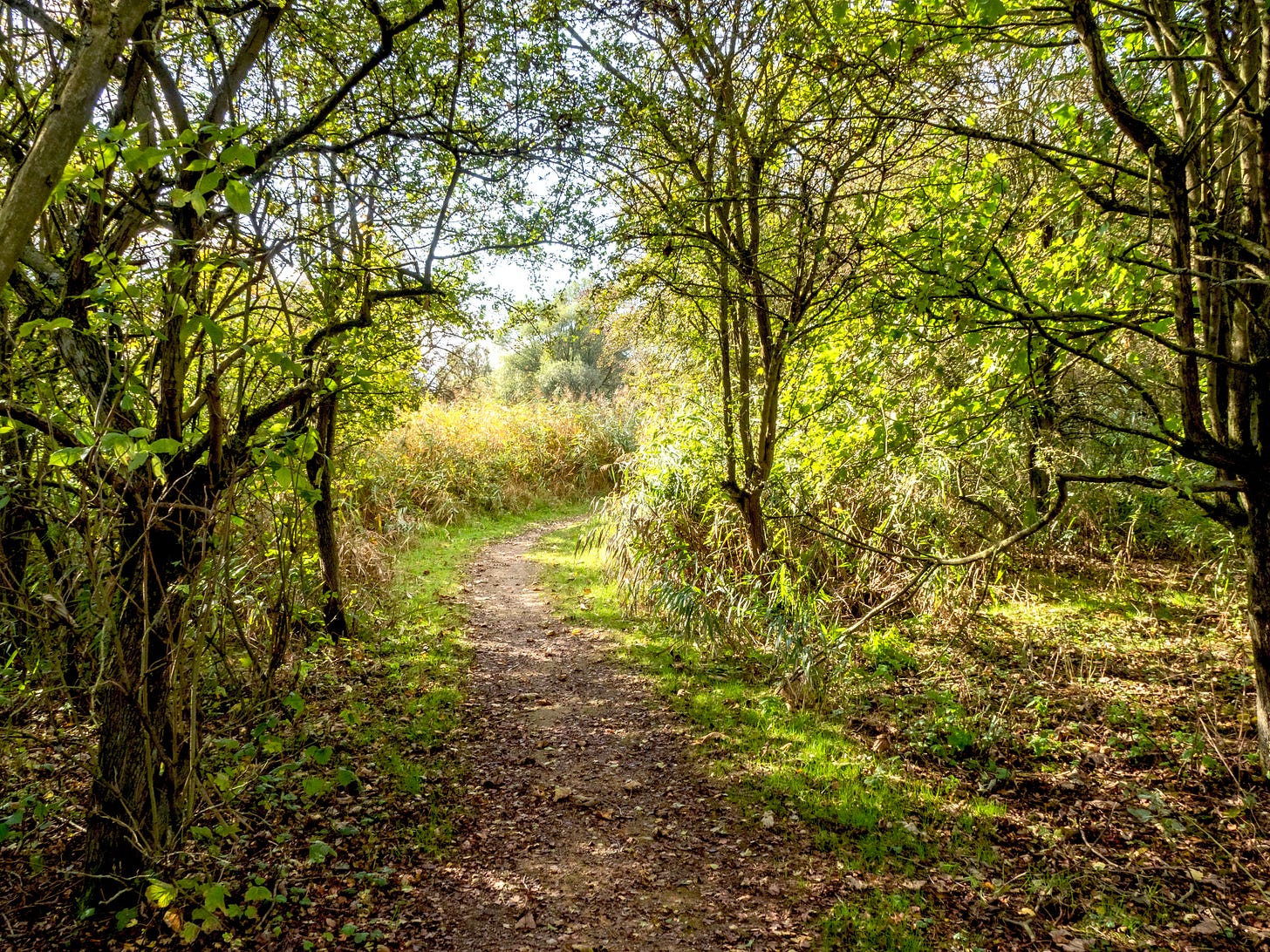
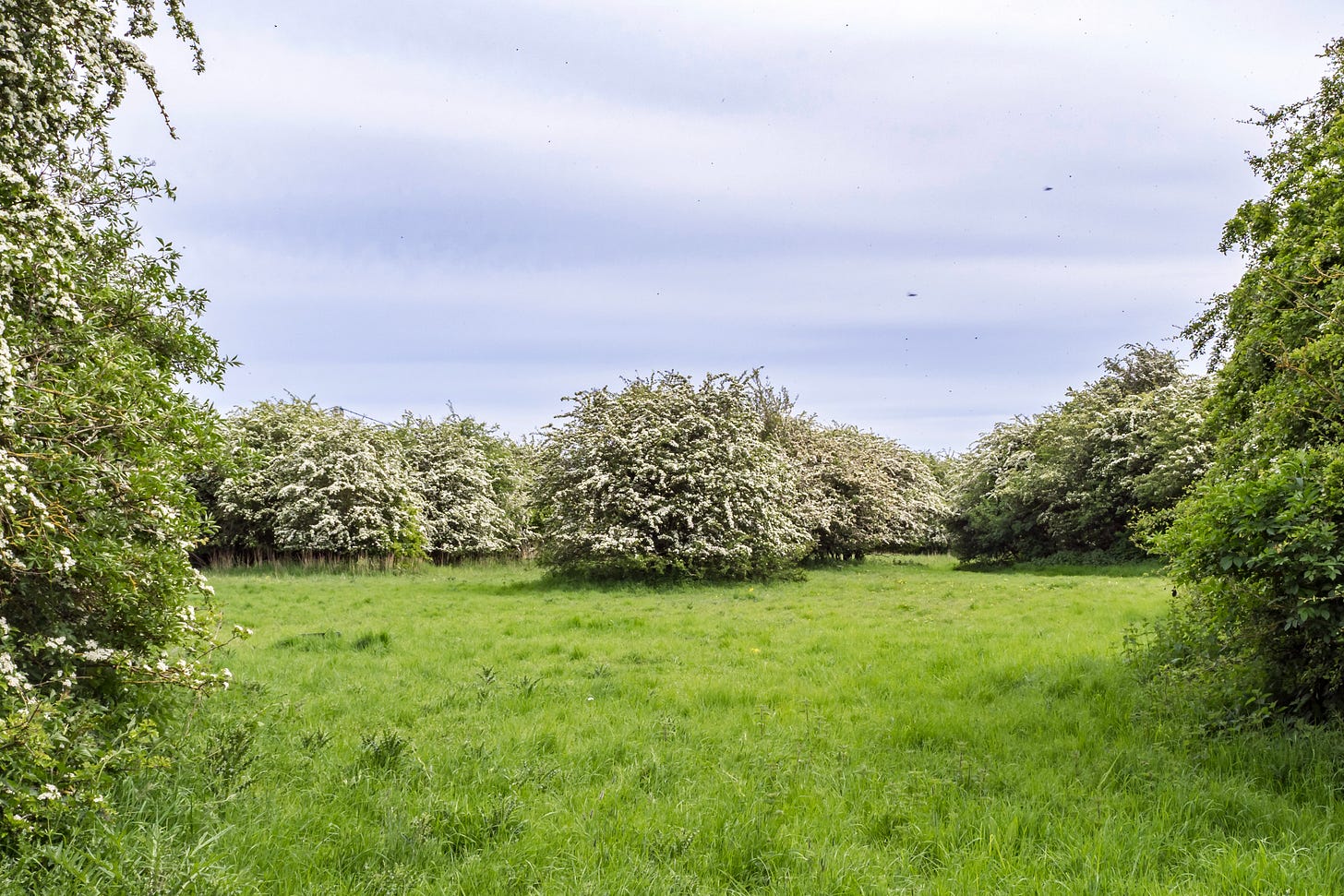



Spectacular post and photography.
Wonderful pictures! What a good eye you have!